12 species of animals have the strangest vision in the natural world
The eyes of every creature on this planet have different structures, so the same scene they will have a way of seeing and acquiring different images. Let's see what animals see in this world, what they see is different from what people often see.
1. Dog
Dogs see the world around them always seem blurry because they have poor eyesight and their eyes are not sensitive enough to pick up most colors. But dogs can see very well at night, they are very sensitive to movement and can sense different dimensions of space.

Lovely puppies.

But the mother only sees her child fuzzy, virtual and virtual like this.
2. Fish
The aquarium fish that we often raise can see the ultraviolet rays and everything near their sight will be magnified.
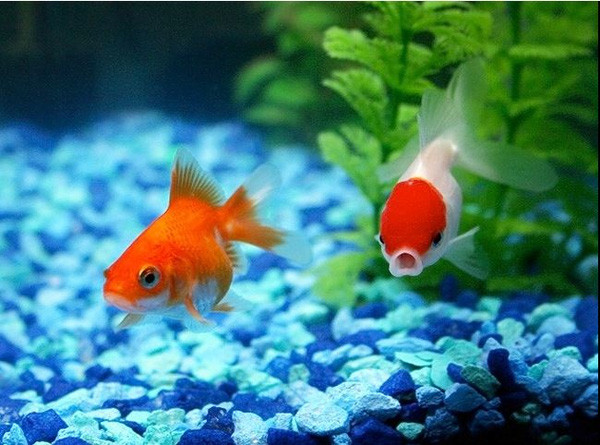 In our eyes, the aquarium looks very peaceful.
In our eyes, the aquarium looks very peaceful.
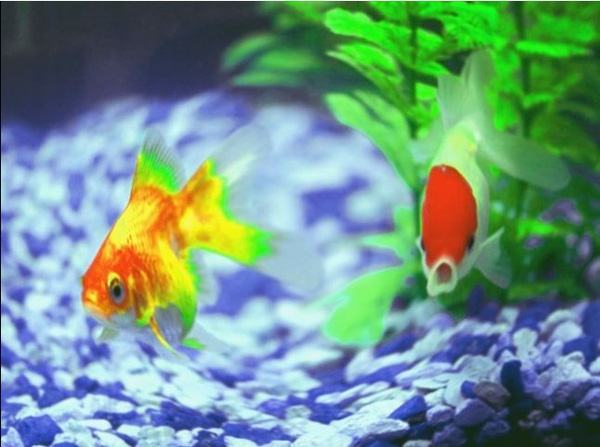
But in the eyes of goldfish, everything is exaggerated.
3. Birds
Birds have an extremely fast vision. They can be seen very clearly in the absence of light, and use this ability to hunt at night. During the day, they can see the range of colors that humans cannot see, including ultraviolet rays.
 The natural world in the human eye.
The natural world in the human eye.
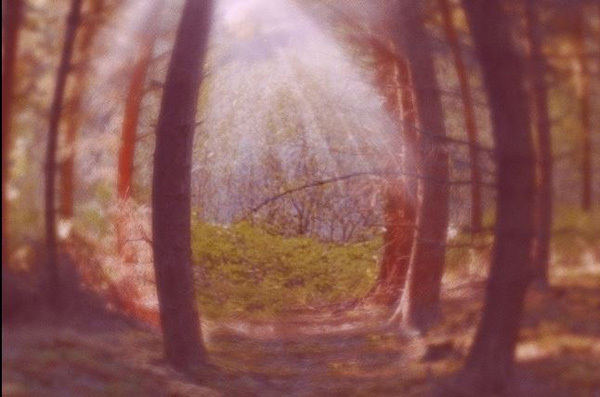
And this is the natural world in the eyes of birds.
4. Mouse
The world in the eyes of rats is only fuzzy, slow and full of pale blue or green. In particular, each pupil of a mouse can move independently so this rodent can see two scenes at the same time.
 What the human eye observes.
What the human eye observes.
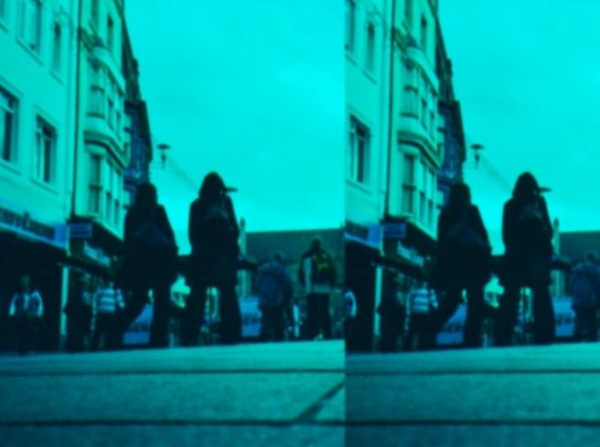
Mouse species see two scenes at the same time.
5. Cow
Every scene in the eyes of the cows was magnified a bit and covered with red and orange.
 Beautiful nature in human eyes.
Beautiful nature in human eyes.

In the bull's eye everything was covered in orange and red like this.
6. Horse
Many people will be surprised to learn that horses never see anything right in front of their nose because their eyes are located on the sides of their heads. But this helps them keep track of all possible hazards around.

The vast field in front of us.

"Blind spot" in the world of horses.
7. Bees
Bees can only see certain colors. They look red to black and see ultraviolet rays that are invisible to humans. In addition, bees can sense the world at three times faster than the human eye.

The flowers are colorful in our eyes.

But bees can only see this.
8. Flies
Flies can also see ultraviolet rays. For them, the world moves more slowly than what the human eye observes.
The fly's field of view is divided into small cells, each of which acts as an eye to make the insect like thousands of tiny eyes working at the same time to create a single image.
 Under the eyes of people.
Under the eyes of people.

Thousands of tiny cells under the eyes of flies.
9. Sharks
Sharks cannot see colors, they can only distinguish gray shades. But in return they can see very well underwater.
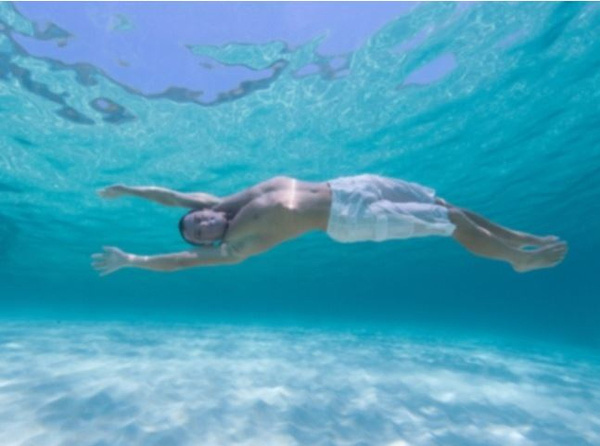 Human image seen when under water.
Human image seen when under water.
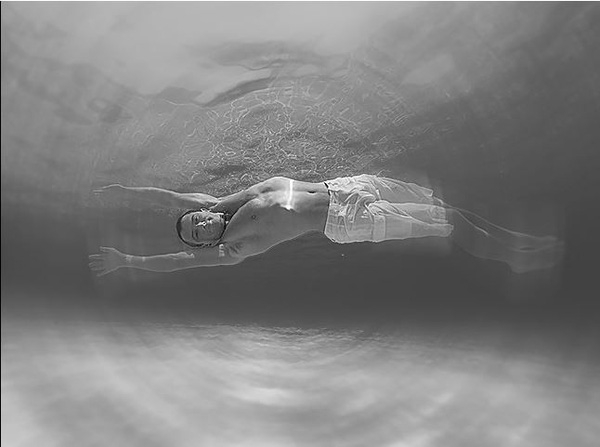
Sharks capture sharp images in the water.
10. Chameleon
Each eye of the chameleon can operate independently of each other to help the visibility of this species reach 360 degrees. When the two eyes focused in one direction, their eyesight was extremely accurate. In addition, chameleon is also capable of seeing ultraviolet rays.
 Nature in our eyes.
Nature in our eyes.

360 degree view of chameleon species.
11. Night gecko
This lizard has very big eyes. At night, their pupils can expand to the maximum to receive the light so the gecko eyes look 350 times better than the human eye.
 The night sky is full of stars.
The night sky is full of stars.

The starry night sky magnifies 350 times compared to the man of gecko.
12. Butterfly
These interesting insects have very sharp eyesight but they can see more nuances than humans, even they can see the ultraviolet light.

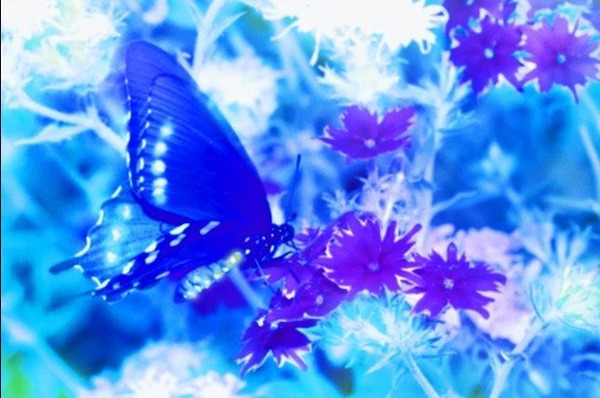
Butterflies can see both ultraviolet rays.
- 9 discover interesting surprises about the animal world in 2016
- Close up of the life and death moments of wild animals
You should read it
- What does the world look like through an animal's point of view?
- What animal is the biggest crybaby in Earth
- Dumb fish and 11 misunderstandings about animals
- Why aren't the largest animals the fastest?
- What is the world in the eyes of young children under one year old?
- Sunlight can permanently damage your eyesight
- Things to know about dog bears
- A series of photos about the world of wildlife
- How do animals see the world far beyond humans?
- Amazingly, the possibility of camouflage is superior in the animal world
- 3 natural ways to enhance your vision effectively
- The world's 10 most endangered animals
May be interested

Beams of photos about the natural habitat of foods around us

Spider crabs compete to tear the octopus's corpse under the sea

Why are raccoon fur only two colors black - white?

Scary aquatic monsters specialize in 'drilling' shark meat from within

Ferocious jaguar 'eat re' assassin crocodile underwater

Snake dead readers fool African wild cats






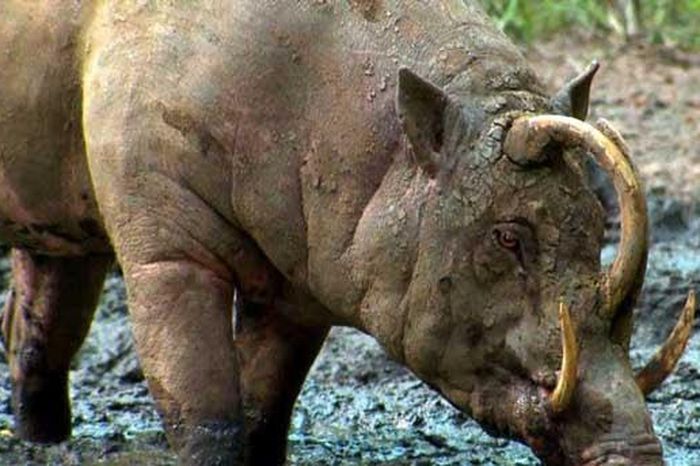 Top strange animals become their own natural enemies
Top strange animals become their own natural enemies 10 animals slowest in the natural world
10 animals slowest in the natural world Stun with X-ray images of zoo animals
Stun with X-ray images of zoo animals What does the world look like through an animal's point of view?
What does the world look like through an animal's point of view? Why aren't the largest animals the fastest?
Why aren't the largest animals the fastest? The happiest animals in the world
The happiest animals in the world